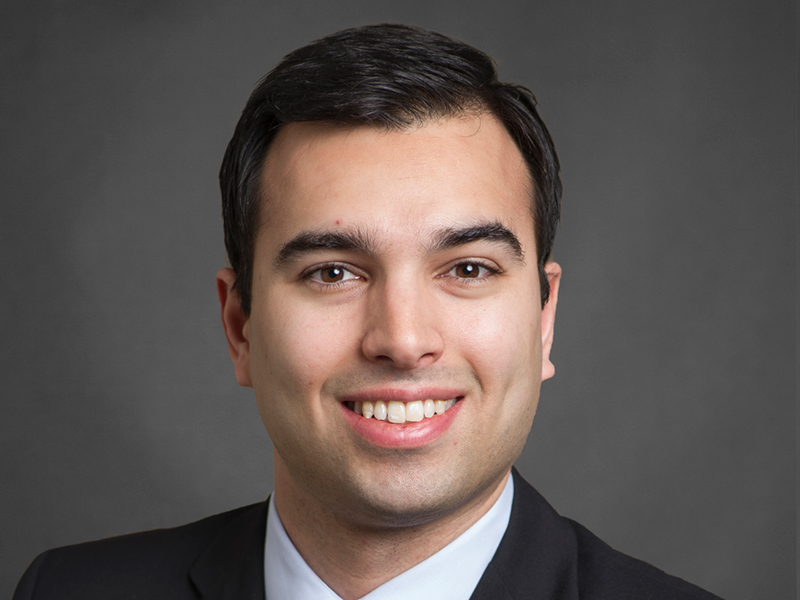
Defined contribution plan sponsors are facing much more challenging market conditions heading into 2022, with lower expected returns across core asset classes and high levels of uncertainty around the pandemic, rising inflation and other market factors.
“This is truly an exceptionally difficult environment to navigate,” said Som Priestly, multi-asset solutions strategist at T. Rowe Price, during Benefits Canada’s 2022 Defined Contribution Investment Forum in January.
Index funds and the broader markets are facing lower return expectations than the past, meaning plan sponsors need to start thinking about new sources for excess returns to improve outcomes for members, something that’s typically achieved through active management, he said.
Read: Expert panel: DB, DC pension predictions for 2022
These market conditions come as Canadian and U.S. households face challenging financial conditions. According to a T. Rowe Price survey, about half (47 per cent) of U.S. households have less than $25,000 saved for retirement and 48 per cent said they can’t afford to save more. Four in 10 (41 per cent) respondents can’t cover a $400 emergency.
In this environment, investment strategy selection becomes all the more important, said Priestly. According to T. Rowe Price’s own research, adding 25 basis points of additional value from active management would add about two years of additional spending within retirement for plan members and an extra 50 basis points could add five more years of spending or a 12 per cent greater balance at retirement.
However, he acknowledged active management can create plenty of anxiety around picking an underperforming manager. DC plan sponsors can keep a few key considerations in mind to address some of their concerns. The first is discarding the myth that offering a lineup of passive investments is the “path of least resistance” to meeting plan sponsors’ fiduciary duty to members while reducing governance responsibility and cost.
Read: Head to head: Should pension plans be investing actively or passively?
“What is key to meeting your fiduciary responsibility is having a more holistic view around your plan objectives, your plan participants, the demographics and their key characteristics and what investment strategies are best suited to meeting those goals.”
Priestly advocated for a clear and documented process for considering investments’ value in excess of their costs, in terms of growing retirement income while minimizing downside risk. Some strategies do have implementation costs, so “cost shouldn’t really be a dirty word,” he said, if the net of fee value add and the strategy’s ability to deliver on its objectives are sound. He noted this is equally applicable across active and passive strategies, the latter of which can be complex and require keen due diligence.
Plan sponsors should also consider whether their investment has sufficient breadth to meet a range of employee life stages, risk tolerance preferences and personal desires around factors such as leaving an inheritance, said Priestly. Determining whether the lineup is broad enough can be challenging, especially when a novice investor may find the idea of building a portfolio across too broad a lineup quite daunting. “Plan sponsors really have a responsibility to curate the platform in a way that provides a more streamlined, approachable lineup but doesn’t sacrifice underlying diversification and durability.”
This is where active managers can be particularly effective, consolidating a broad mandate like global equities and “leverag[ing] that breadth into excess return,” he said.
Read: When does active investment trump passive?
Offering a lineup of investments that has been screened for environmental, social and governance considerations also requires a “well-defined active approach” that ensures against taking a superficial approach. “Certainly, when you think about broader passive indexes, there are a lot of companies with more divergent reputations. . . . Where ESG may be a concern, active becomes critical.”
When it comes to generating excess return from active management, Priestly said some asset classes offer more favourable risk-return trade-offs than others. An assessment of six asset classes — global equities, emerging market equities, non-U.S. equities, U.S. core, U.S. large cap core and U.S. small cap core — determined that, over a 20-year period, global equities active managers were most likely to outperform without taking on greater downside risk exposure.
The average two-year rolling gross excess return for a global equities manager was 160 basis points, with top quartile managers providing about 400 basis points of excess returns. On average, 70 per cent of managers in that universe outperformed the benchmark.
Priestly said T. Rowe Price expects those results will hold going forward given the “massive, massive spread” between top and bottom performing stocks on the [MSCI Inc.] ACWV, which creates “fertile ground” for stock picking of which global managers have historically taken advantage.
Read more coverage from the 2022 Defined Contribution Investment Forum.
